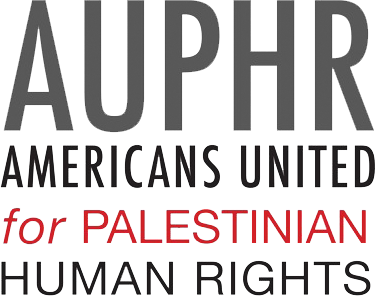"I wanted to keep Rachel's humility and compassion for everyone in my heart today, but it was very hard as I did not hear one word of remorse from this witness today. That saddens me." - Cindy Corrie
Driver of machine that crushed 23-year-old American to death in Gaza in 2003 tells court he only saw her after the incident
Rachel Corrie's parents, Craig and Cynthia Corrie Rachel Corrie's parents, Craig and Cynthia, stand next to a photograph of their daughter at the start of their civil case against the state of Israel earlier this year. Photograph: Stefan Zaklin/Getty Images
The Israeli soldier at the controls of the bulldozer that crushed the pro-Palestinian activist Rachel Corrie told a court today that the first time he saw her was when fellow protesters were already tending to her dying body in the dirt.
Giving evidence for more than four hours in the civil case brought by Corrie's family against the state of Israel, the former soldier repeatedly insisted that had not seen the 23-year-old American standing in front of his 66-tonne Caterpillar bulldozer before she was fatally hit.
"I didn't see her before the incident," he told the court in Haifa. "I saw people pulling the body out from under the earth."
The soldier, named only as YB, gave evidence from behind a screen after a ruling by the judge for "security reasons". A gagging order was imposed on identifying details, although it was disclosed in court that YB is a 38-year-old Russian immigrant who learned Hebrew after arriving in Israel at the age of 23 and now works for a food processing company.
The Corrie family had requested that they be given dispensation to see YB give evidence, which was refused.
Rachel Corrie was protesting against the demolition by the Israeli military of Palestinian houses in Gaza when she was crushed to death in March 2003. An internal military investigation concluded that no charges should be brought.
YB, who was in communication with his unit command and a second bulldozer on the scene, told the court that he was told through his headphones that he had hit someone. "I reversed … There was this thought that something wasn't right … It looked like I hit someone."
In evidence that frequently contradicted his own earlier affidavits, YB said he reversed the bulldozer 25-30 metres. "After I reversed I saw they took out a body." He was "absolutely certain" Corrie's body was between the bulldozer and a mound of earth he had been ordered to flatten, contradicting earlier evidence given by two other military witnesses.
Asked if anyone from his unit went to the aid of the fatally injured protester, YB said: "No, we weren't allowed to leave [the vehicle]." Asked why he didn't call a military ambulance over his radio, he said: "That's not my level of command."
He recalled being warned that morning that there were civilian protesters in the area, and some might be armed. "Did you see any of them armed?" asked Hussein Abu Hussein, the family's lawyer. "I can't answer that, I don't remember," said YB.
Later Abu Hussein asked: "Did they carry anything that made them look like terrorists?" YB said: "They carried a loudspeaker and a sign."
"Did you suspect they were dangerous?" YB said: "I suspect everyone."
YB said he carried on working even though he knew there were civilians around "because these were our instructions. I'm just a soldier, you just carry out orders … I told the commander there were people around. The instruction was don't stop, keep working. It was not my decision, it was the officers'."
YB had offered no explanations, said Abu Hussein. "You continued driving forward, you pushed the dirt and you buried her. You didn't see anyone. You have no explanation of how [Corrie] was killed."
After the hearing, the lawyer told reporters: "The more we hear the more the impression is that someone tried to whitewash what happened."
Cindy Corrie, Rachel's mother, said she was "glad to get this day behind me". Although the driver was a key witness, she said, "my sense is that there are other people on the ground and in the rear who also have responsibility and were giving orders, and allowed these things to happen to Rachel and continue to happen".
She brought a book of her daughter's writing to court, she said. "I wanted to keep Rachel's humility and compassion for everyone in my heart today, but it was very hard as I did not hear one word of remorse from this witness today. That saddens me."

